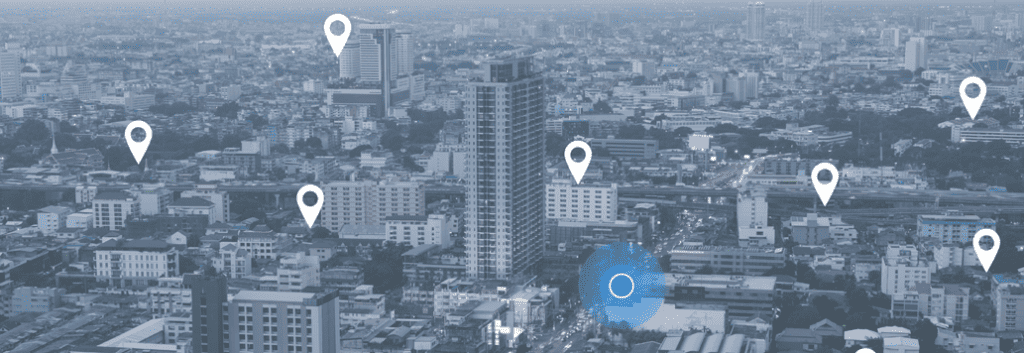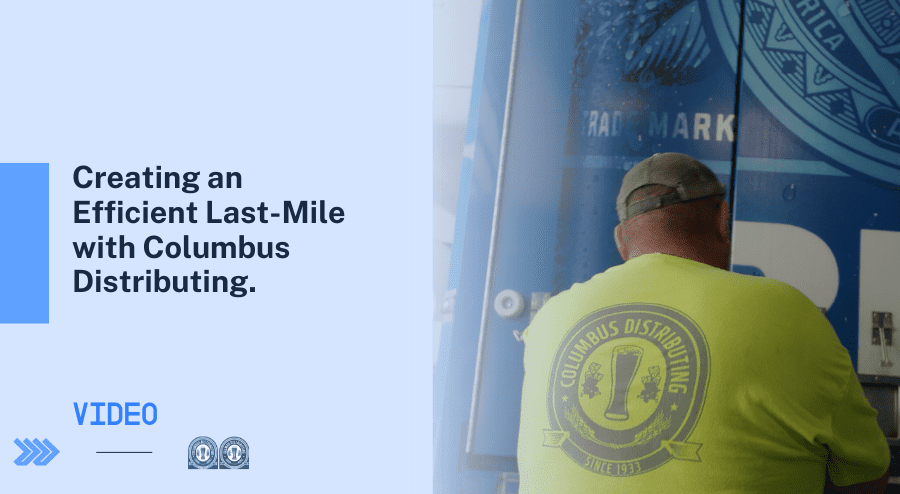Last-Mile Delivery Trends to Optimize Your B2B Logistics

Wise Systems
The logistics of getting goods and services to end consumers and business customers is a perennial challenge, and one of the most crucial elements to get right is last-mile delivery.
Industry wide, there’s no disagreement that the final mile of the journey is one of the most costly, and this last stage of the delivery process also carries a major risk of delays. More importantly, the last mile is the most visible to the delivery recipient – whether a retail consumer or a business customer – and has an outsized impact on customer satisfaction.
Companies across industries have to effectively manage and optimize last-mile routing and dispatch in order to stay competitive.
Why Is B2B Last-Mile Delivery So Challenging?
Getting deliveries to their intended receivers is a huge task, and also carries the highest price tag. According to Deloitte, around 30% to 35% of total shipping costs are due to last-mile delivery. While there’s no one-size-fits-all answer, there are some common challenges that companies run into, including:
- Time-consuming route planning practices
- Lack of asset visibility
- High delivery costs
- Failed or rejected deliveries
- Unplanned delays (road closures, traffic jams)
- Limited or outdated technology
Any of these problems can drag down efficiency, lead to missed deliveries, and harm the client experience. When companies figure out ways to overcome these challenges, they’ll reap a range of benefits, including:
- Reduced shipping expenses
- Decreased overhead
- Reduced fuel costs
- Better driver morale
- Higher levels of client satisfaction
- Improved brand image
Last-mile delivery is complex, but navigating its challenges doesn’t have to be. Here are a few last-mile trends we’ve seen that could work for your organization, no matter the size of your fleet.
Top B2B Logistics and Supply Chain Management Trends
In the fight to stand out from the competition the most successful last-mile operators worldwide are continuously adopting innovative tactics. Here are some of the trends that can offer real value to your company:
1. Leveraging High-Quality Data and Analytics to Cut Costs
Analytics, when well implemented, highlight key business trends and pinpoint cost-savings opportunities – all to increase margins and reduce waste.
The issue is getting the right data to run your business on, getting it at the right time, and getting it in the right way. What we’re seeing across the industries we serve is that manual data collection is out, and data management best practices are in. Many companies today are investing in analytics tools and practices that help them sanitize and understand their data. Furthermore, in last-mile operations, having strong data on everything from customer order information to fleet performance makes it possible to then apply and leverage machine learning and artificial intelligence (AI) to extract more value from that data.
Having tons of data is great, but if you don’t have a way to process it efficiently, it loses its value.
2. Increasing Last-Mile Visibility with New Technology
Visibility into route execution has always been a major pain point for last-mile delivery fleets. Managers often struggle to understand driver locations and their drivers’ progress through the delivery day, with downstream impacts on customer service.
For delivery recipients, lack of visibility into delivery arrival time is frustrating and one of the easiest issues to remedy – with the right technology. Modern cloud-based applications can provide fleet managers with the ability to track vehicles, drivers, and delivery status. It can also boost customers’ visibility too. Recipients can receive real-time updates on their orders, giving them exactly the information they need.
Visibility for both managers and delivery recipients is a key trend in last-mile operations. It improves your customer service and reduces managers’ challenges, as well.
3. Tapping Route Planning Tools to Expedite Fulfillment
Inefficient route planning is one of the biggest pain points for last-mile delivery teams. But this struggle is a distant memory with the right route planning tools.
Route planning software creates custom routes for all pending orders. It improves drivers’ routes, helps them make deliveries faster, uses less fuel, and increases delivery predictability and fleet utilization. Route planning tools can also reduce wear and tear on vehicles, which in turn decreases maintenance costs.
Top route planning solutions use historical data, such as traffic flow trends, anticipated weather conditions, and road closures to create routes, as well, working to balance traffic against customer time windows. Once routes are created, dispatchers assign them to drivers to begin their delivery days.
4. Investing in Urban Fulfillment Facilities
Many companies are investing in urban fulfillment centers, following early movement by Amazon and others to stage products closer to their final destinations.
Fulfillment centers in dense urban areas help brands offer faster delivery, and also lower costs by reducing travel distance and time. Companies that don’t want to build or manage their own fulfillment centers can rent space in these urban distribution centers to decrease fulfillment speed while managing costs.
5. Modernizing the B2B Logistics Management Ecosystem
Global distributors and local delivery companies all benefit from modernizing B2B logistics management software so they integrate. Standalone tools can incrementally boost B2B logistics management efficiency, but when they’re not integrated, disjointed tools can result in data blind spots and poor communications.
When your B2B logistics solutions are integrated and include a last-mile routing and dispatching platform they can seamlessly share information to allow for effortless collaboration and autonomous route planning. A properly integrated ecosystem connects teams you may not realize could be connected, including:
- Order management for seamless order input and faster route planning
- Asset management for accurate assignments of drivers and orders to vehicles.
- Human Resources to ensure compliance and improve the driver experience
- Drivers, dispatchers, and recipients for more efficient route execution and better customer service.
How Wise Systems Can Help
Wise Systems is proud to partner with leading delivery operations across industries with a comprehensive delivery optimization platform that’s specifically designed to optimize last-mile routing and dispatch. With Wise Systems, you can:
- Plan routes automatically
- Empower drivers with exactly the information they need to deliver excellent customer service
- Facilitate order delivery confirmation
- Integrate with other systems of record
- Manage assets and track orders in real time
- Automatically provide delivery status updates to managers and recipients
- Quickly send route updates to drivers
- Reduce overhead operating expenses
- Maximize fleet utilization
Explore the Wise Systems platform and see how you can unlock your fleet’s potential to enhance the delivery experience for your commercial clients. Or, reach out for a personalized demo.





